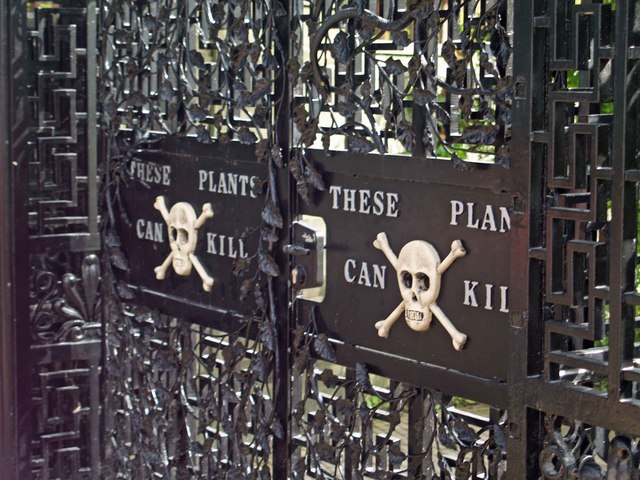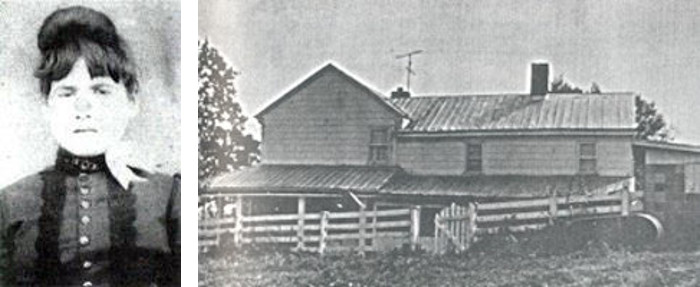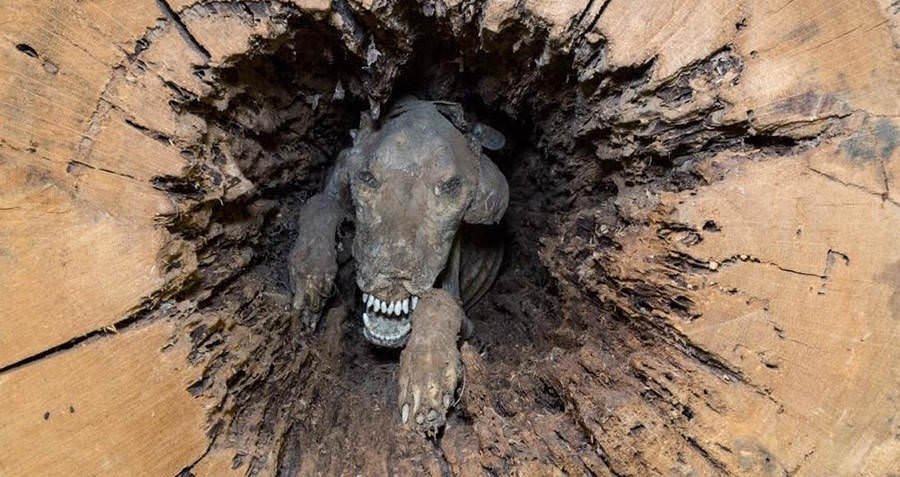
Northumberland’s Alnwick Garden contains a special section full of hemlock, belladonna, foxglove, deadly nightshade, Brugmansia, Laburnum, and the botanical ingredients of strychnine and ricin.
“If you’re building something, especially a visitor attraction, it needs to be something really unique,” Jane Percy, the Duchess of Northumberland, who designed the garden, told Smithsonian. “One of the things I hate in this day and age is the standardization of everything. I thought, ‘Let’s try and do something really different.'”
She collected more than 100 varieties, which visitors are forbidden to touch, taste, or smell. (Even so, in 2014 seven visitors reportedly fainted from inhaling the fumes alone.)
“I thought, ‘This is a way to interest children,'” the duchess said. “Children don’t care that aspirin comes from a bark of a tree. What’s really interesting is to know how a plant kills you, and how the patient dies, and what you feel like before you die.”






